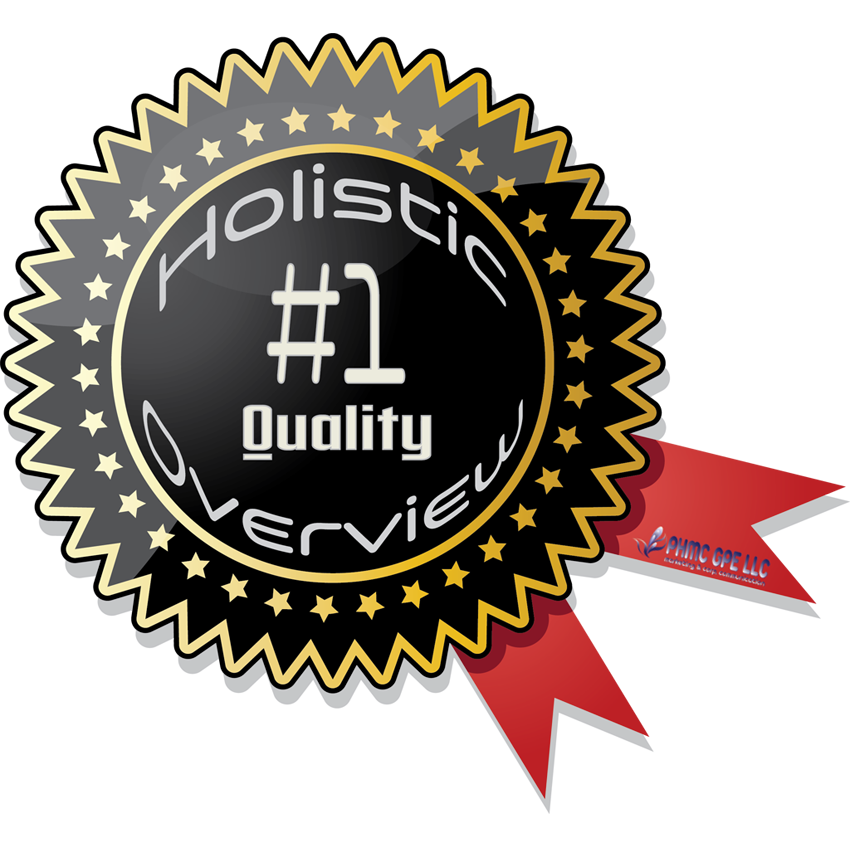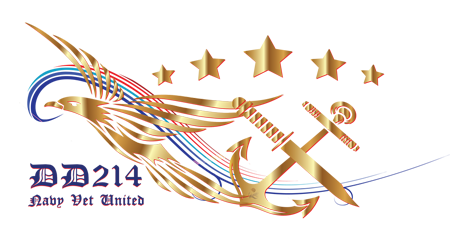Switching costs are the costs that a consumer incurs as a result of changing brands, suppliers or products. Although most prevalent switching costs are monetary in nature, there are also psychological, effort- and time-based switching costs. A switching cost can manifest itself in the form of significant time and effort necessary to change suppliers, the risk of disrupting normal operations of a business during a transition period, high cancellation fees, and a failure to obtain similar replacement of products or services.
Examples of Switching Cost
Our everyday life is filled with examples of switching costs. The effort required to learn how to use a new home appliance from a different brand comes under switching cost. The time spent waiting for a new supplier to provide raw materials for your production also come under switching cost as does the cost associated with changing the telecom carrier a consumer has been associated with.
If you are comfortable with Windows operating system, you will not shift to a Macbook because of huge time spent and huge switching cost associated with learning a new product. However, if you wanted to try a new soap, you can do that with no cost associated to the switching.
There are other similar examples of switching cost. Firms dealing with Apparel typically have very low switching costs for consumers since it is comparably easy to find another good deal on apparels by visiting multiple shops in the same vicinity.
In essence, those companies that have products that are easily replicated by competitors at equivalent prices tend to have low switching costs. On the other hand, those products that are not easy to replicate and need considerable effort on the part of the buyer would always have high switching cost.
Example of High Switching Costs
Companies that create unique products that have few substitutes and require significant effort to master their use enjoy significant switching costs. Consider Intuit Inc., which offers its customers various bookkeeping software solutions. Because learning to use Intuit's applications takes significant time, effort and training costs, few users are willing to switch away from Intuit. Also, many of Intuit's applications are interconnected, which provides additional functionalities and benefits to users, and few companies match the scale and usefulness of Intuit's products. Small businesses, which are the primary buyers of Intuit's bookkeeping products, can incur disruption in their operations and risk incurring financial error if they decide to move away from Intuit's software. These factors create high switching costs and stickiness of Intuit's products, allowing the company to charge premium prices on its products.
Example of Low Switching Costs
Companies that offer products or services that are very easy to replicate at comparable prices by competitors typically have low switching costs. Apparel firms have very limited switching costs among consumers, who can find clothing deals and easily compare prices by walking from one store to another. The rise of Internet retailers and fast shipping made it even more easier for consumers to shop for apparel at their homes across multiple online platforms.
Types of Switching Costs
Types of switching costs are search costs, exit fees, learning costs, equipment costs, emotional costs, financial risk, installation and start-up costs, psychological risk, and social risk Cost. In marketing terms, switching cost can be broadly classified into the following three categories:
1. Direct Switching Cost
Also known as procedural switching costs, these are the immediate switching costs that a consumer incurs when switching products, services or suppliers. To explain this cost, let us take the example of a firm that is looking to change the supplier that maintains its IT network. Searching for the new supplier would not only take time and effort but would also have the added uncertainty of the kind of service the new supplier would provide. Costs of set-up and costs associated with learning to come under direct switching costs.
2. Financial Switching Cost
This kind of switching cost refers to a loss of financially quantifiable assets. Let us consider the example taken above. The firm looking for a new supplier for IT maintenance might have to pay “Contract penalty cost” to the old supplier when switching suppliers. Such costs would come under financial switching cost. Other costs, such as Sunk cost and lost performance costs also come under financial switching cost.
3. Relational Switching Cost
This switching cost refers to the psychological distress caused to the consumer due to identity loss and breaking of bonds with the current supplier. Example – If you had a huge problem with an existing vendor, if he was not supplying material on time or if the quality of the product was inferior, then the relations with the existing supplier are poor which comes under Relational switching cost.
Relational switching cost can be both – positive and negative in nature. If you had good relations with a vendor, but you still tried a new vendor for low cost, then this strategy can backfire. The new vendor might give inferior products resulting in your company going back to the old and stable vendor. This results in the old vendor raising his prices because he knows that he is indispensible to your company. On the other hand, the old vendor can drop down his rates so that your company stays with them for a long time and does not try new vendors at all.
Based on preference of the consumers, the various switching costs can also be classified as:
- Positive switching cost (Relational switching)
- Neutral switching cost (Direct switching)
- Negative switching cost (example – financial switching)
Direct switching cost or procedural switching costs, which are a part of shifting to a new product or service and form a natural part of the buying process, come under neutral switching cost while financial switching costs are viewed as negative costs by the consumer.
The financial costs may compel the consumer to remain with the existing supplier and thus can be seen as a coercive tactic by the buyer. Hence, it is perceived to be negative by the buyer. On the other hand, relational costs are perceived by the consumer as positive switching cost. This is because if the consumer believes that they are treated well by the existing firm or if the brand value of the existing firm is desirable for their image; they would hesitate to switch and thus this kind of cost is viewed as positive switching cost by the consumer.
Switching costs can also be differentiated into Individual switching cost and collective switching cost. Individual switching cost refers to the switching cost incurred by individual consumers whereas collective switching cost refers to the switching cost incurred by all users in a particular market. Individual switching cost for the same product or service will differ from person to person while the combined switching cost would remain the same for a single product or service. An apt example of collective switching cost can be represented by the QWERTY keyboard example. Though multiple keyboard layouts (such as Dvorak layout) were developed after the QWERTY keyboard layout, individuals and firms have been hesitant to adopt the new layout on multiple counts and thus have become a barrier for the entry of new players in keyboard layout.
How does Switching cost help organizations?
Understanding the switching cost of their products or services can help organizations price their offerings fairly. Let us consider a scenario where a consumer is offered the lowest price for a new product or service but has to face switching costs (that can be in terms of money, effort, uncertainty and other reasons) that exceed the current price of the product or service they currently use.
In such a scenario, a rational consumer would not switch to the new product and remain loyal to the old product or service. In this case, the firm offering the old product or service can marginally increase the price of their offerings and still have the consumer remain loyal to them.
Switching costs are the building blocks of competitive advantage and pricing power of companies. Firms strive to make switching costs as high as possible for their customers, which lets them lock customers in their products and raise prices every year without worrying that their customers will find better alternatives with similar characteristics or at similar price points.











